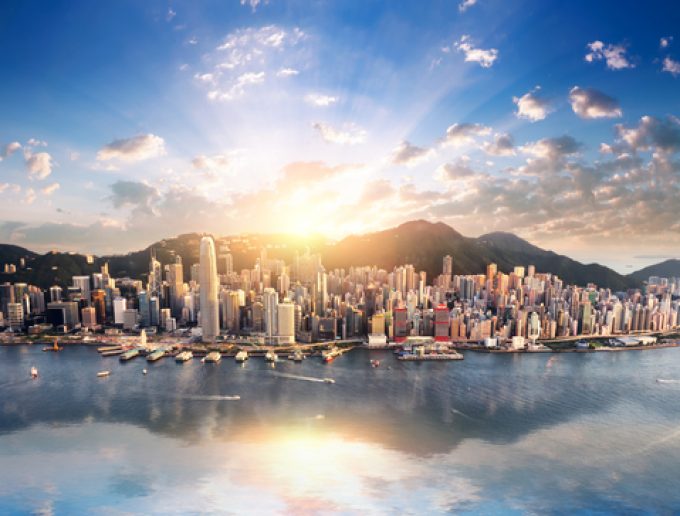Uplift for Hong Kong's air cargo hub status, while container port declines
Hong Kong government plans to further boost the SAR’s international aviation hub status – in ...

The air cargo industry has come a long way – even if it has moved at a “glacial pace”.
IATA’s WCS in Hong Kong this week revealed an industry finally beginning to grapple with sustainability; some progress in digitalisation; and a focus on attracting new talent.
“Sustainability is not an option any more, it’s a must,” said Brendan Sullivan, head of IATA Cargo. “Sustainability is imperative.”
IATA also launched its Digitalisation Leadership Charter, with five guiding principles to help accelerate the modernisation of ...
Maersk u-turn as port congestion increases across Northern Europe
Apple logistics chief Gal Dayan quits to join forwarding group
Maersk Air Cargo sees volumes fall as it aims for 'margin in favour of revenue'
Houthis tell Trump they will end attacks on Red Sea shipping
Transpac rates hold firm as capacity is diverted to Asia-Europe lanes
Airlines slash freighter capacity post-de minimis, but 'the worst is yet to come'
MSC revamps east-west network as alliance strategies on blanking vary
India-Pakistan 'tit-for-tat' cargo ban sparks sudden supply chain shocks

Comment on this article